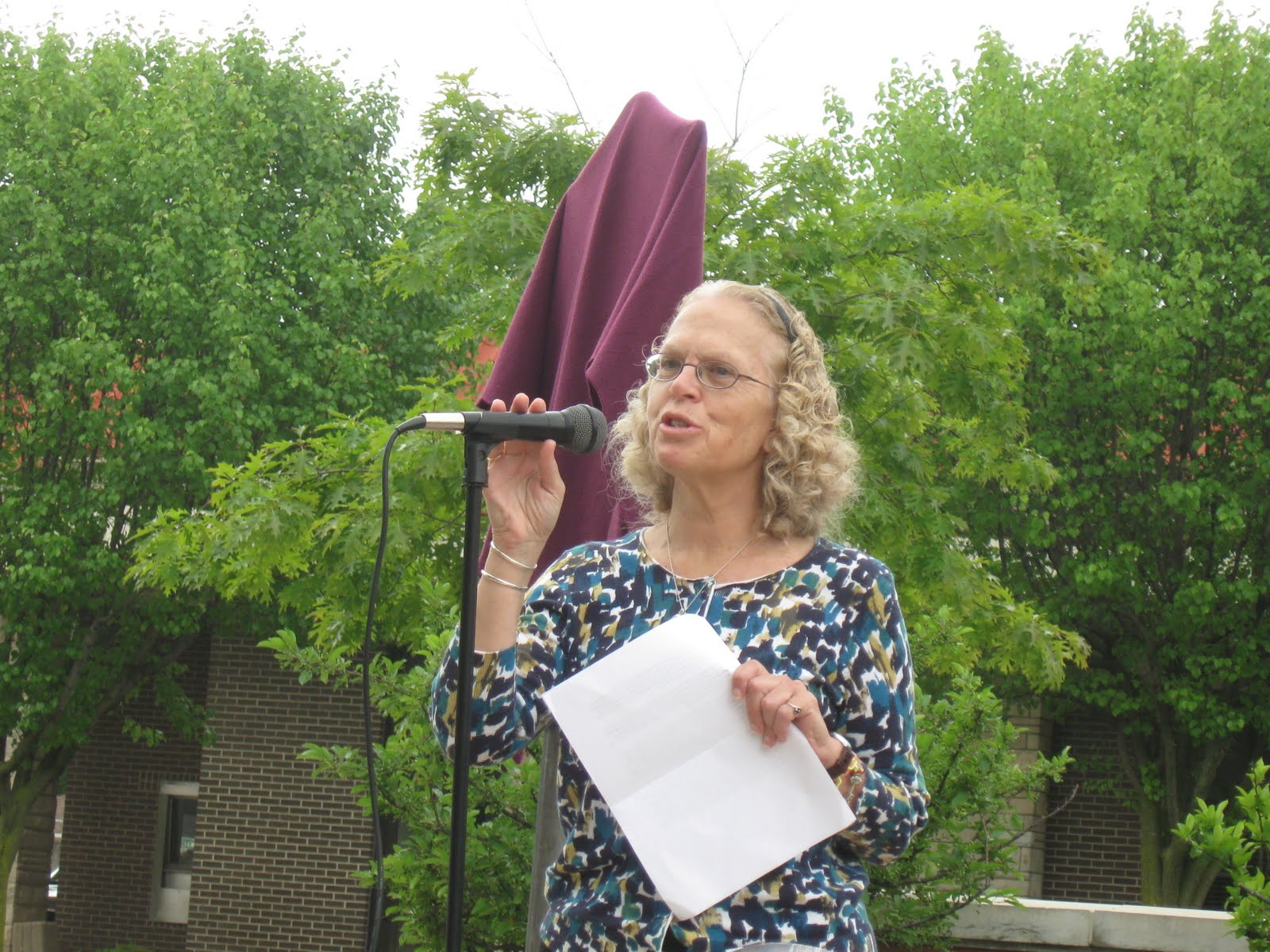New legislation threaten the future of Michigan’s local historic districts
Michigan’s local historic districts are the best way for communities to manage and protect the integrity, beauty, and value of their neighborhoods. Property owners know that the time and money spent improving their properties will be matched with similar efforts on surrounding lots.
Studies have further indicated that because rehabilitation projects tend to favor local labor and materials, each dollar spent on a rehabilitation project continues to circulate in the local economy five to seven times, as opposed to new construction which circulates only three times. Recently introduced House Bill 5232 and Senate Bill 720 clearly threaten the validity of Michigan’s local historic districts.
Rather than freezing neighborhoods in time, preservation laws such as PA 169 of 1970 enable residents to have input on the direction of development in their community, deciding which historic elements are important to highlight and maintain as an area evolves over time. Former HUD Secretary Henry Cisneros described historic preservation as a crucial “asset-based comprehensive community building” strategy, simultaneously increasing investment opportunity and neighborhood stability. It’s no wonder that 78 communities in Michigan have chosen to enact ordinances to protect their historic assets through local historic districts.
As for success stories, look no further than the Heartside Historic District near downtown Grand Rapids, where new construction and renovation projects are further testaments to the success of preservation as an economic catalyst.
Historically one of the most distressed sections of the city, 20 years ago Heartside struggled with boarded empty storefronts and street crime. The establishment of a local historic district helped ward off a knee-jerk reaction to bulldoze blighted structures and install surface parking lots, and city officials instead created a building re-use incentive program to provide developers with grants up to $50,000 to help defray renovation costs.
Today the historic district is renowned for its concentrated arts and cultural scene, becoming a destination for specialty shopping and dining. Dwelling Place, a local affordable housing nonprofit that manages the popular Avenue for the Arts program, estimates that Heartside has experienced a 20 to 30 percent increase in population since 2000, further contributing to the vitality, desirability and overall health of the city.
More recently, the City of Owosso established the Owosso Downtown Historic District in 2010, and within two weeks major facade work began on five historic buildings. Utilizing historic preservation tax incentives available through the city’s National Register district listing and the favorable real estate environment associated with local historic districts, more than $10 million in revitalization projects are slated for development in Owosso in the next two years.
In addition to sparking neighborhood revitalization efforts, local historic districts play an important role in articulating community aesthetics, creating a sense of place and cohesiveness. For historic district commissions, a proposed project’s compatibility with neighboring buildings and streetscape is key to its success, rather than just looking at individual building characteristics.
The Old West Side Historic District in Ann Arbor, one of the first local historic districts to be designated and currently renowned for its distinctive streetscape and overall atmosphere, was established in 1978 in response to a neighborhood group seeking to prevent apartment buildings being built on the sites of demolished historic homes.
Creating a local historic district ensures a thoughtful and participatory design review process that helps diversify building stock while respecting the historic character that makes the neighborhood so appealing.
For example, the Mark condominiums, currently under construction in the Old West Side, are being built on the site of a former car wash. The original proposed design used less brick and was set closer to the street than the adjacent historic buildings. After the historic district commission review process, the revised design is almost entirely brick and the setback now matches that of the site’s original house. The result is a new building that is compatible with its surroundings and respectful to its historic neighbors while offering a new housing option in a very desirable neighborhood.
Brush Park Historic District in Detroit recently faced a unique design challenge, as so little of its historic building stock currently exists to serve as a reference point for a proposed 400-unit housing development plan that utilizes 8.4-acres of primarily vacant land. Again, multiple conversations with community stakeholders, the city planning department and historic district commission eventually yielded a highly regarded “abstractly contextual” design that honors surrounding city fabric while also showcasing contemporary construction methodology.
Local historic districts positively contribute to resilient, stable, and thriving communities by leveraging public and private capital and safeguarding the rights of multiple property owners in the neighborhood. Proposed HB 5232 and SB 720 threaten the validity of local historic districts in Michigan. These bills are shortsighted, ill-advised, and should not be allowed to jeopardize a critical, cost-effective tool used by municipalities for nearly 50 years to implement historic preservation as community economic development.
See what new members are saying about why they donated to Bridge Michigan:
- “In order for this information to be accurate and unbiased it must be underwritten by its readers, not by special interests.” - Larry S.
- “Not many other media sources report on the topics Bridge does.” - Susan B.
- “Your journalism is outstanding and rare these days.” - Mark S.
If you want to ensure the future of nonpartisan, nonprofit Michigan journalism, please become a member today. You, too, will be asked why you donated and maybe we'll feature your quote next time!


 Nancy Finegood is executive director of the Michigan Historic Preservation Network.
Nancy Finegood is executive director of the Michigan Historic Preservation Network.